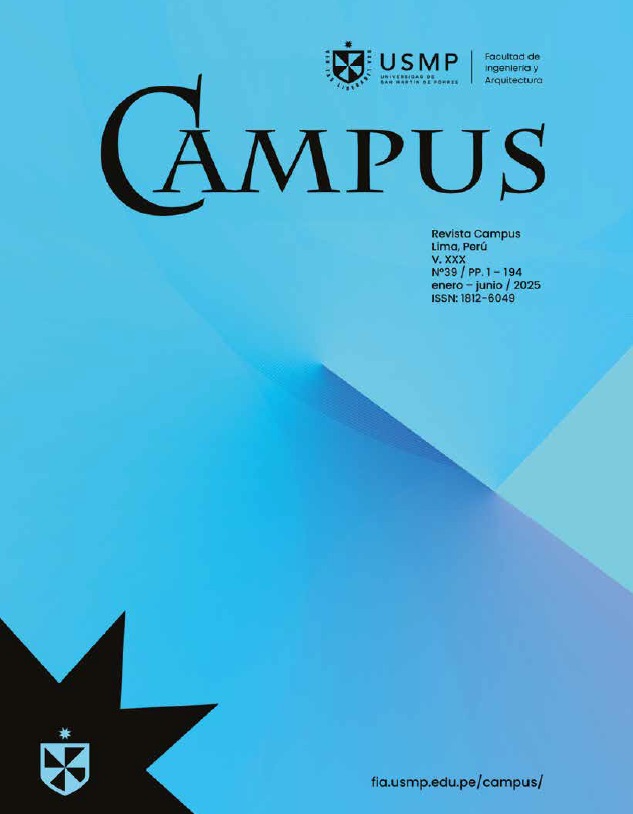Use of compost as an alternative to chemical fertilization in potatoes(Solanum tuberosum L.)
Keywords:
compost, Solanum tuberosum L., economic evaluationAbstract
This study evaluated potato (Solanum tuberosum L.) production
in the Central Highlands of Peru through the
application of five types of fermented solid composts,
compared with conventional treatments and a control.
The study was conducted in Huancayo at 3300 m above
sea level, using composts made from cattle and llama
manure, barley straw, ash, urea, and, in one case, cellu-lolytic bacteria. The composts were applied in two doses (5 and 10
MT ha⁻¹), and agronomic variables such as fresh weight of total,
marketable, non-marketable, and damaged tubers were evaluated.
In addition, an economic analysis was performed using the partial
budget method. The results indicated that composts 1, 2, and 5 presented
the best agricultural and economic yields. The 10 MT ha⁻¹
dose showed greater efficacy in terms of total and marketable yield.
Economically, all composts outperformed chemical fertilizer at the 5
MT ha⁻¹ dose, while at 10 MT ha⁻¹, composts 1 and 5 stood out for
their high benefit/cost ratio. It is concluded that the use of compost
represents an ecologically and economically viable alternative for reducing
the use of chemical fertilizers in potato cultivation.
Downloads
Downloads
Published
Issue
Section
License
Copyright (c) 2025 Gian Quispe Garibay, Braulio La Torre Martínez1, Angela Judith Díaz Montoya

This work is licensed under a Creative Commons Attribution 4.0 International License.






